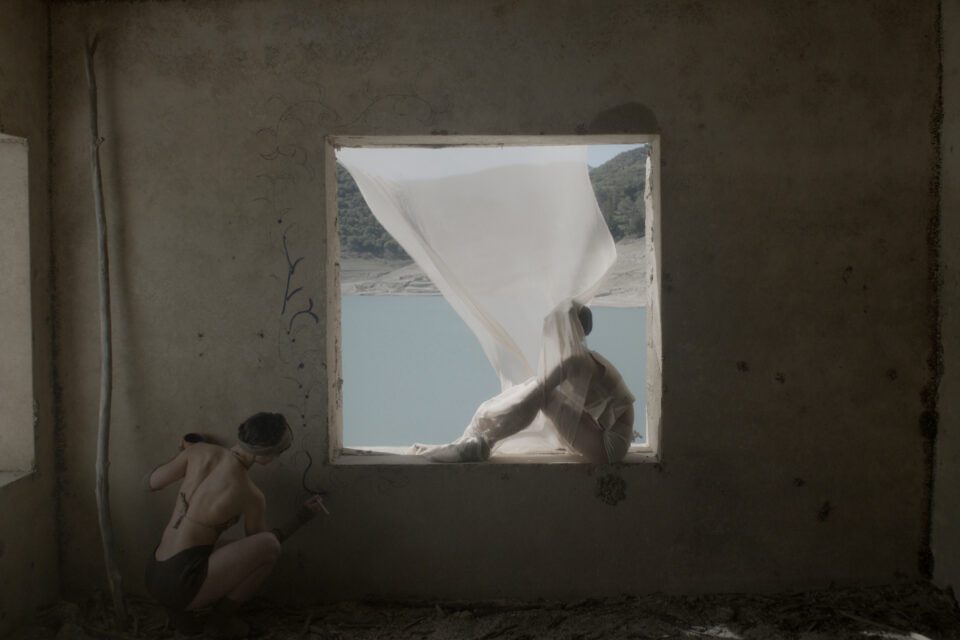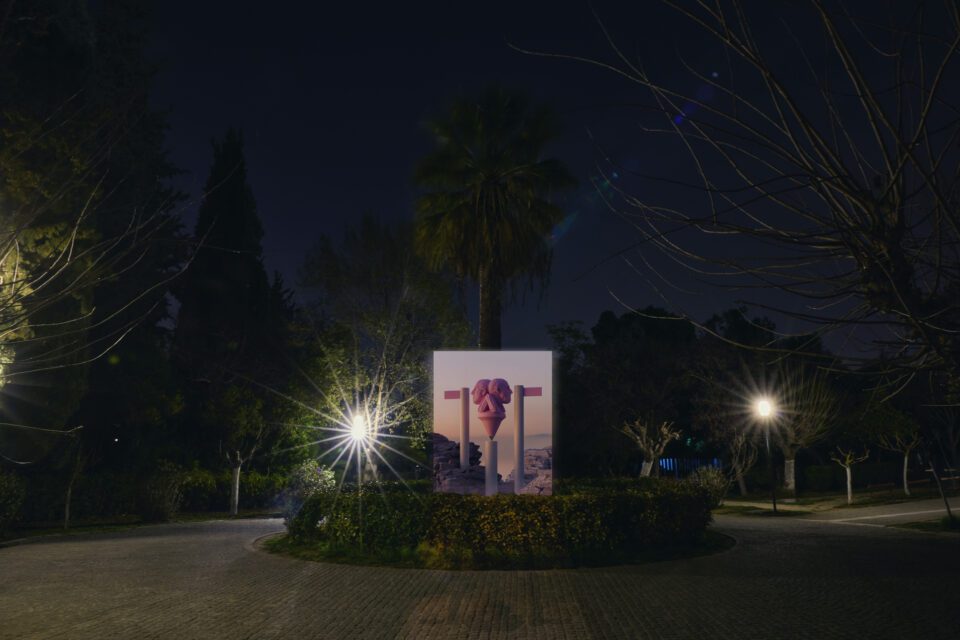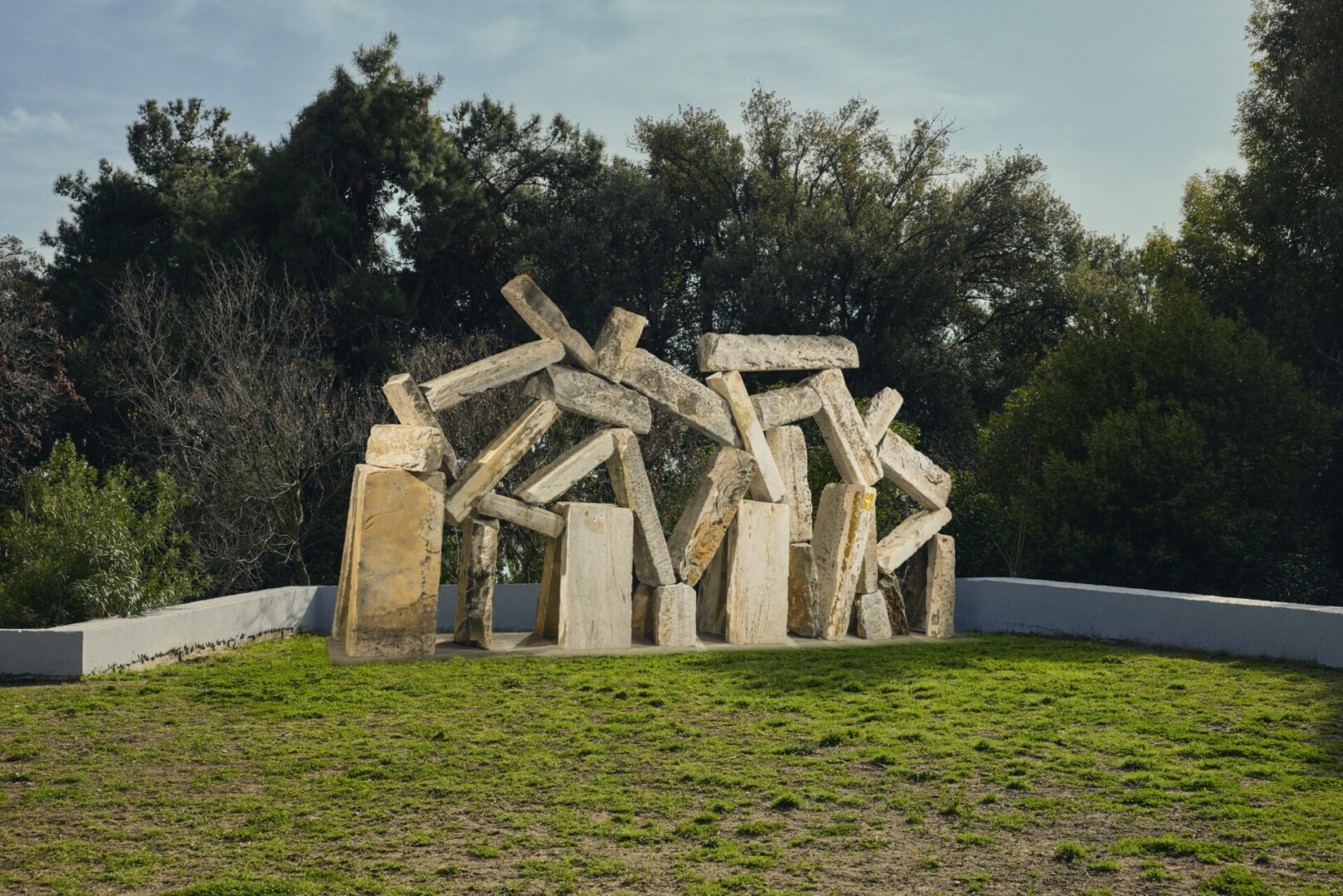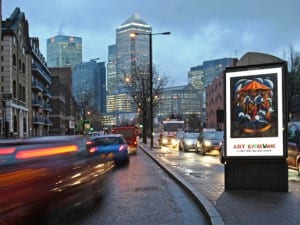“We live between reality and illusion.” This statement forms the foundation of Plásmata 3: We’ve met before, haven’t we?, a show that invites audiences into a world where the boundaries between the real and the imagined blur and the everyday becomes magical. The emergence of artificial intelligence in recent years has dramatically changed the creative and social landscape. A recent YouGov survey found that 81% of people are worried about the trustworthiness of what they see online, and 76% report apprehension about photoshopped images and edited videos. Meanwhile, more than 48,000 creators have expressed their opposition to the UK government’s proposals to let artificial intelligence companies use copyright-protected work without permission. The present-day moment is fraught with technological changes and tensions. This show encourages viewers to see the opportunity in these developments, not just the setbacks, imagining a world where technology is harnessed as a tool for innovation. The work of 25 artists from around the world will be scattered amongst the trees and foliage of Pedion tou Areos, one of the largest public parks in Athens, Greece. The exhibition, hosted by cultural centre Onassis Stegi, covers an impressive amount of ideological terrain, addressing the relationship between contemporary art and technology. There will also be music events, workshops from local businesses, radio broadcasts, talks and film screenings, allowing audiences to immerse themselves in the creative world. Alfroditi Panagiotakou, Artistic Director of the Onassis Foundation, eloquently sums up the event as “a small celebration and an ode to art, the right to idleness and rest, and the soothing power of simply being together.”

Visitors to Plásmata 3 will find references to Greek history, mythology and literature at every turn, rooting the display firmly within Athens’ rich cultural heritage. The classical period, in which Greece produced many intellectuals and thinkers, provides inspiration for several creatives. Andreas Wannerstedt uses a colourful bust of the ancient Greek Stoic philosopher Chrysippus as his starting point, humorously commenting on modern society’s obsession with distinguishing the real from the false. Joana Hadjithomas & Khalil Joreige’s Where Is My Mind (2020) cycles through an endless parade of headless and bodiless Hellenistic statues and digital fragments, staging a ritual of loss, memory and freedom. The video installation is influenced by 20th century poet George Seferis, whose lines play aloud over the images. Meanwhile, Natalia Manta’s Mother (2023) takes the ancient in an entirely new direction. The artist’s sculpture of a mother goddess appears as though it might have just been unearthed in an excavation or dropped from a UFO. Manta presents a vision for archaeology of the future – envisioning what may be uncovered if humanity is not alone in the universe.

The show traces the development of human creativity over time, demonstrating how artists are using cutting-edge technologies to ask questions about reality in 2025. Artworks are not divided into digital and analogue, instead there is an emphasis on natural evolution through time: from shadow puppetry to projection mapping, painting to film, video art to contemporary digital and post digital expression. Prodromos Tsiavos, Head of Digital and Innovation, says: “Just as in real life, technology here is no separate realm; it dissolves into the everyday. That is why it disappears.” Memorable examples include Jiabao Li, Matt McCorkle & Botao ‘Amber’ Hu’s EchoVision (2024), which invites viewers to embrace darkness and become bats, calling, singing or speaking through an augmented reality app. Elsewhere, Martyna Marciniak, with Anatomy of Non-Fact. Chapter 1: AI Hyperrealism (2024), presents a fake Pope in a Balenciaga puffer jacket, a reference to a viral image that fooled millions in 2023.

Plásmata 3 stands as a testament to the exciting and innovative things that can happen when art is taken from the walls of a gallery and brought into the landscape. Technology and nature seamlessly blur, ancient inspirations merge with digital inventions and communities can engage with works in a new way. For 20 days, the everyday becomes magical and audiences are encouraged to make space for the dreamlike and imaginary. It is clear that the creative industries – and the world – have entered a new era, one dominated by questions of what is real and what has been artificially manipulated. As humanity treads this new terrain, the artists featured in Plásmata 3 offer an important blueprint for how these new technologies can be harnessed to enhance human ingenuity.
Plásmata 3: We’ve met before, haven’t we? is at Pedion tou Areos from 27 May – 15 June: Onassis.org
Image credits:
1. The Callas, PUNKTHENON.
2. Efi Gousi, Tectonic Riders.
3. Ziad Antar, Tokyo Tonight.
4. Andreas Wannerstedt, Focus!





